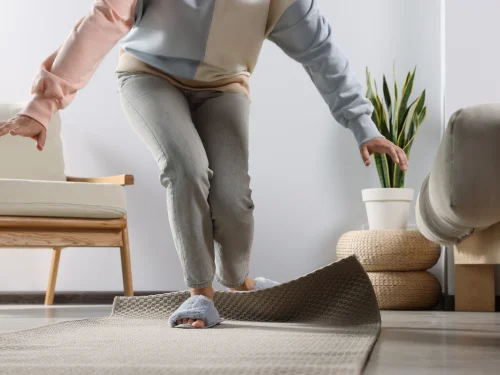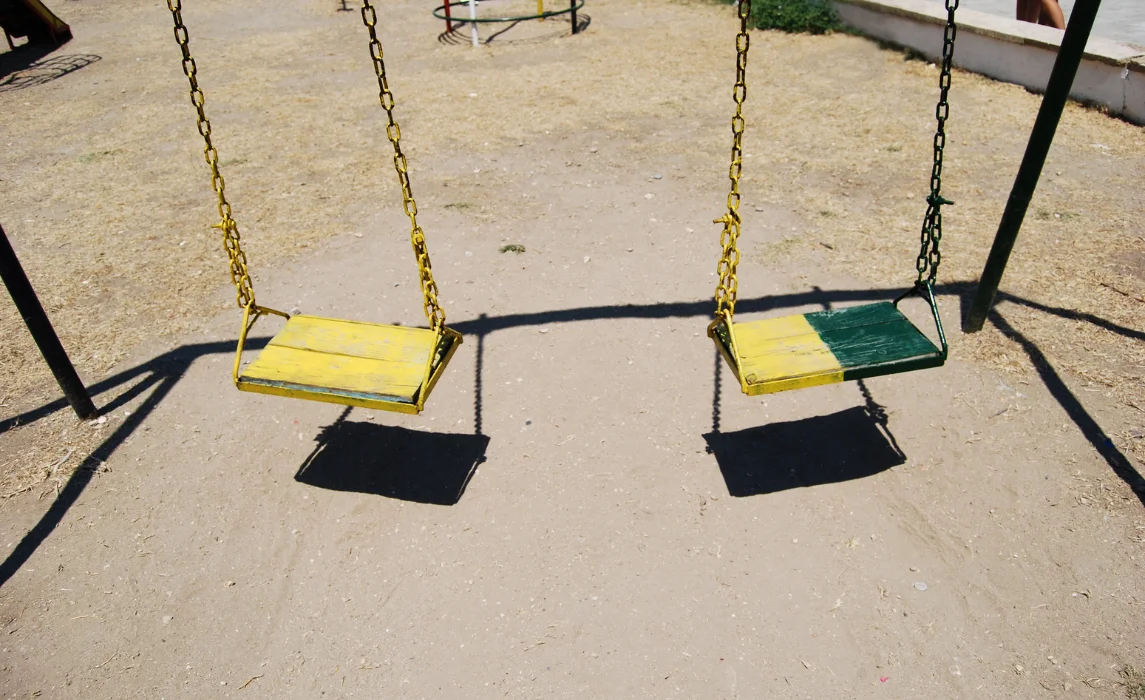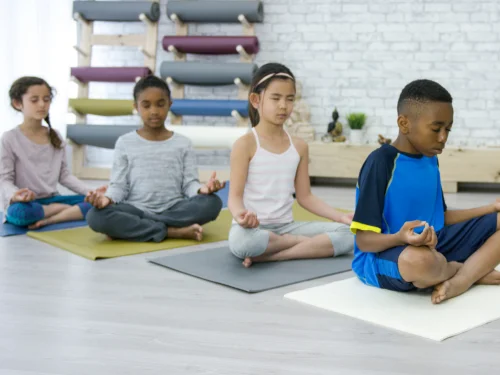Proprioception vs Vestibular: Understanding the Body’s Hidden Senses

Yes—finger plays, clapping games, and dance routines that use hand gestures all help. Combine rhythm and repetition for deeper learning.
Send home simple activity ideas, kits, or worksheets. Offer short instructions and encourage family involvement. Regular practice builds lasting progress.
Try origami, sticker scenes, stringing pasta, or painting with Q-tips. Crafts that use small pieces build precision and control.
Most people grow up learning about the five senses—sight, sound, smell, taste, and touch. But our ability to move, balance, and interact with the world depends just as much on two often-overlooked senses: proprioception and the vestibular system. These internal sensory systems are essential for posture, coordination, and everyday tasks, yet many are unfamiliar with how they work.
The Vestibular System: Movement and Balance

The vestibular system is located in the inner ear and functions like the body’s GPS. It tells us about movement, direction, and head position, helping us stay upright and steady. Tiny structures called semicircular canals detect changes in speed and orientation—whether we’re spinning, tipping, or accelerating.
Functions of the vestibular system:
- Maintains balance and posture
- Helps coordinate eye movements with head movements
- Alerts the brain to motion (speeding up, slowing down, changing direction)
- Regulates arousal (movement can be calming or alerting depending on the input)
Signs of vestibular challenges may include:
- Fear of swings, slides, or head tilting
- Trouble with balance, clumsiness, or frequent falls
- Poor coordination of eyes and body
- Excessive craving for spinning or swinging
- Getting dizzy too easily—or not at all after lots of spinning
Proprioception: Body Awareness and Force Control
Proprioception is the sense that tells us where our body is in space without looking. Receptors in our muscles, joints, and tendons send constant feedback to the brain about body position and how much force is being used.
This system makes it possible to touch your nose with your eyes closed, walk without watching your feet, or pick up a glass without crushing it.
Functions of proprioception:
- Provides body awareness
- Regulates the amount of force applied in tasks (e.g., writing, holding objects)
- Supports smooth and coordinated movements
- Contributes to posture and stability
Signs of proprioceptive challenges may include:
- Crashing into objects, stomping feet, or rough play
- Preferring tight clothing or deep pressure
- Misjudging force—pushing too hard, pressing too lightly, or breaking objects
- Slumping posture or robotic movements
- Constantly chewing on objects or clothes for sensory feedback
Proprioception vs Vestibular: Key Differences
.webp)
While both systems support movement and coordination, they serve distinct purposes:
Together, these systems allow us to move efficiently. For example, when you climb stairs, the vestibular system helps you stay upright while proprioception tells you how high to lift your foot.
You May Also Like: 10 Mental Health Activities for Kids: Fun Ways to Build Emotional Strength
Why These Systems Matter
.webp)
When either system isn’t functioning well, daily life can feel confusing or overwhelming. Children might seem clumsy, fearful of movement, or overly rough in play. Adults may notice poor coordination, frequent injuries, or balance issues.
Occupational therapy often addresses these sensory systems through structured movement activities like swinging, climbing, carrying weighted objects, or deep-pressure play. By strengthening these senses, individuals can improve balance, motor planning, and self-regulation.
You May Also Like: 20 Indoor Physical and Dexterity Challenges for Kids: Fun, Movement, and Skill-Building All Year Round
Final Thoughts
Proprioception and the vestibular system are more than “extra senses”—they are the foundation of movement, stability, and body awareness. Understanding how they work and recognizing signs of difficulty can help parents, educators, and therapists better support children and adults in reaching their full potential.
You May Also Like: Force and Motion for Kids: 10 Fun Activities with Pushes, Pulls, and More!




